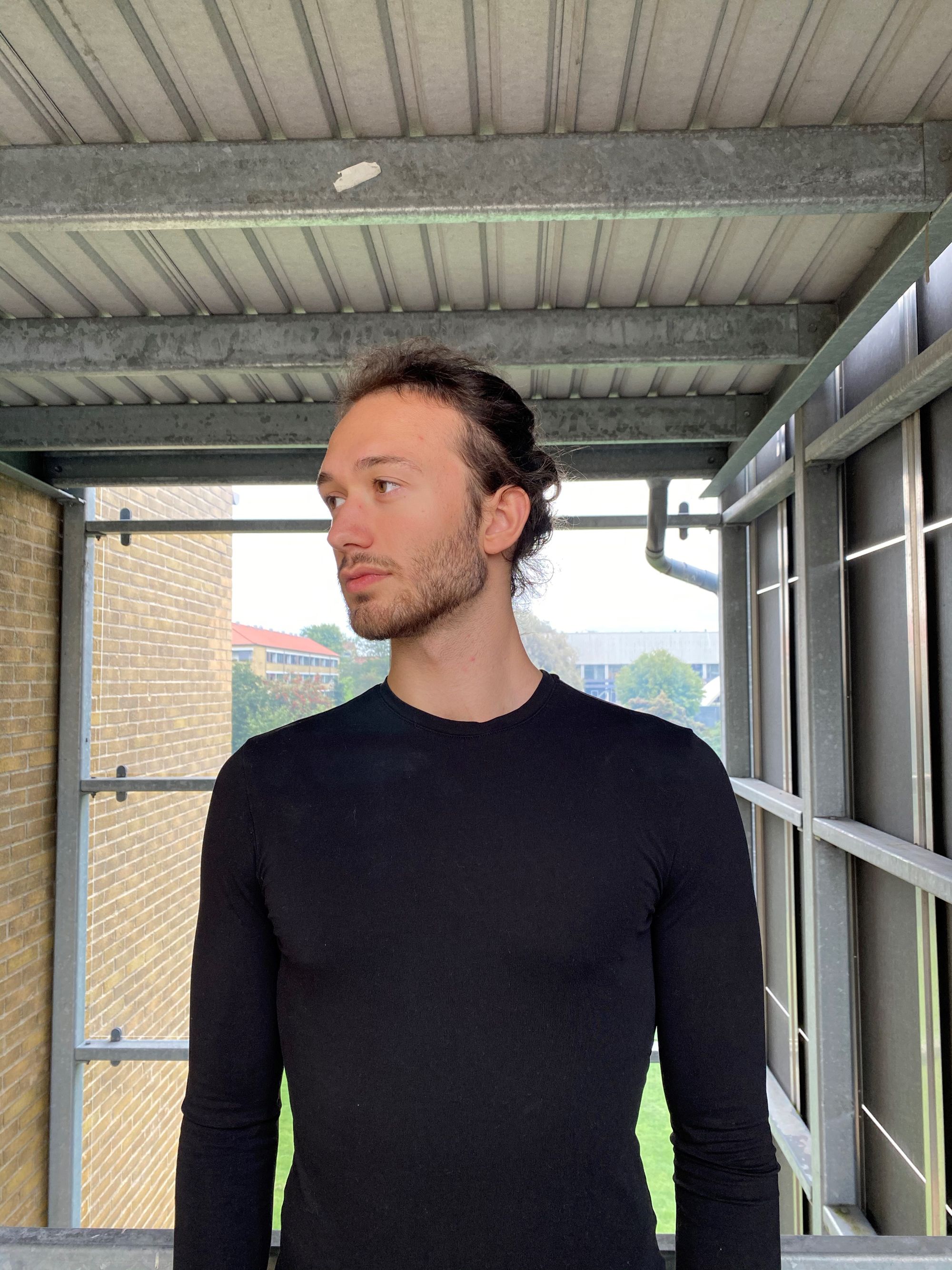Video Editing
Hire film gear from local filmmakers.

Hire film gear from local filmmakers.
What is video editing?
Editing is the post-production process of selecting and compiling raw footage into sequences that form a consistent final product, a movie. In simpler words, it is editing that makes the story come together.
In this process, scenes are often re-ordered, shortened, or fully removed. The footage needs to be coherent and without any plot holes. To ensure this, most feature films use continuity editing.
While editors don’t often get the same praise and recognition that the director or actors receive, they’re a crucial part in making a vision become reality. They possess both creative and technical skills and work side by side with the rest of the cast and crew to produce movies that fascinate, move, and entertain audiences.
Video Editing 101: How To Edit a Short Project by Ian Moore
Editing is the post-production process of selecting and compiling raw footage into sequences that form a consistent final product, a movie. In simpler words, it is editing that makes the story come together. Do you want to know how to edit? Learn with Ian 🎓
Trailer
IfWRgrQV4z0
Intro
1
uStGHCVDf_k
Video editing
19
Organizing your project
149
Bins
345
Stringouts
405
Color coding
613
Editing
1045
Adding music
1134
Transitions
1442
Sound design
1538
Ending
1817
Meet Ian
mrF5GaQeNbQ
What you’ll learn
Being creative is important but you can't be creative if you can't find your footage – be organized.
Back up your footage, use proper titles, organize raw footage in bins and work in color-coded timelines.
Learn your shortcuts to save a tremendous amount of time during editing.
Try things out – be as wild and insane as you can think to grab attention.
Film Editing 101: Ultimate Guide on Editing for Complete Beginners by Rory Nichols
Are you a complete beginner in film editing and want to get into it? Watch Rory’s best tips about film editing to learn more about what is film editing, what is the best software to get started with, and basic techniques to start a project from scratch 👉
Trailer
ysmNQvmeh5U
Intro
1
SJFiW_qEU2w
What is editing?
46
Editor’s job description
93
Finding a job
279
Editor’s salary
399
Editing language
481
Key editing techniques
762
Sound editing & sound mixing
934
Editing tools
1158
What makes a great editor?
1335
Premiere Pro basics
1420
Keyboard shortcuts
1453
Timeline overview
1592
Immediate tools
1713
Big scale project
2058
Importance of editing
2292
Tips & tricks
2416
Ending
2643
Meet Rory
IJMdBFILMd0
What you’ll learn
Make sure you stay organized from the beginning – it is too easy to create chaos with a bigger project.
You will be working in a dark room many times, just remember why you get into editing in the first place – to have fun.
You do take criticism for a living but remember the criticism is not directed at you personally.
Make sure you master one of the programs first – it is better to be master in one than to know all a little.
Common film editing techniques
How do editors make the magic happen?
Editing is a process that needs to be carefully planned for at every stage of making a movie. Having a creative vision while writing the screenplay, and ensuring adequate coverage might sound like a no-brainer, but they’re easy tasks to put aside while a million other decisions need to be made. However, considering how the final product will look in advance can save you lots of valuable time later.
To ensure coverage, consider using some master shots. They provide a great overview and are a great option to cut to.
Editors have a wide range of transitions available to them. Using these consciously can really elevate your storytelling. Lap dissolves can signal time passing, for example. Well-placed cuts can keep the action flowing without distractions. Cross-cutting might make for some thrilling revelations.
Pacing is also extremely important. The length of each cut or scene has a great impact on the viewer’s emotions and involvement. You must leave them enough time to understand what’s happening onscreen, but not too much, or else they get bored. This is often a delicate balance.
If something doesn’t work, don’t be afraid to cut out some footage. Picking the right shots is just as important as knowing which ones you need to let go of.
Process
The editor often starts working on the initial rough cut, or editor’s cut even while the production is still ongoing.
After the shooting is finished, the director turns their attention to the post-production process as well. They provide further input and requests changes where they deem them necessary.
After the director’s cut, the producers get their turn to provide feedback and it’s with their approval that a final cut is ready to hit the movie theatres.

























